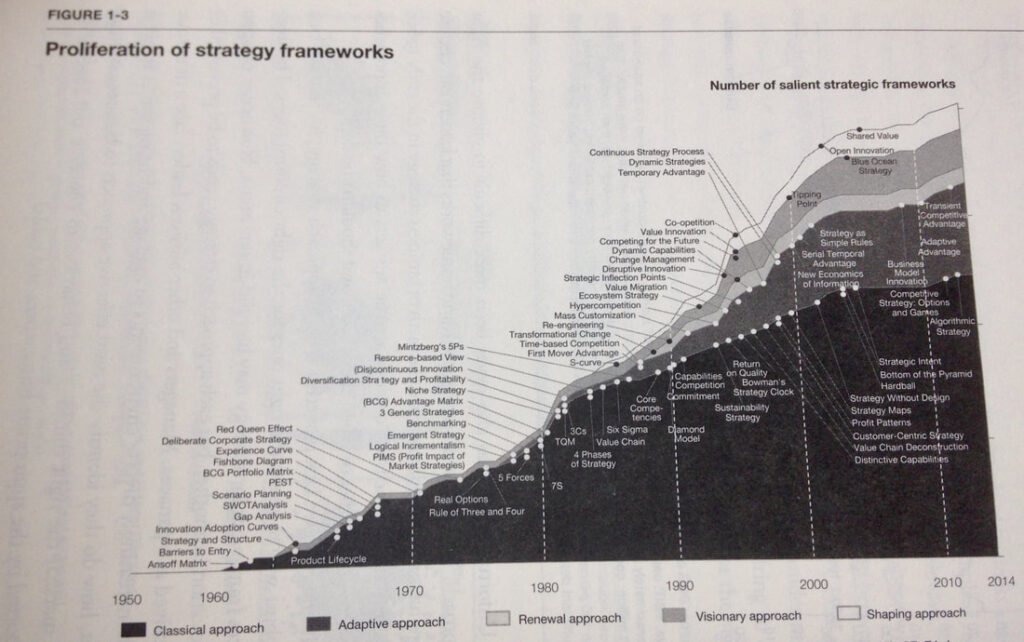It’s been a busy week of networking and learning on strategy and board’s role in it. Among others, I had the privilege of listening and discussing with speakers such as professor Knut Haanæs from the IMD Business School on Strategy of winning businesses and Mr Fons Trompenaars on organisation success in disruptive world, impact of culture, strategy and execution. The Boston Consulting Group shared some interesting data on the successful strategy implementation and most common factors in failing, according to surveys. These two events were organised by the Directors’ Institute of Finland and KPMG for a full houses of Board professionals and leaders.
What I’d like to highlight from these presentations for you is the need for dialogue, welcoming different views, having an external view and challenging the views and ideas of your managers while keeping the strategy discussion active.
A successful company balances the short term exploitation (incl. e.g. efficiency, clarity of directions and productivity focus) and long term exploration (incl. e.g. innovation, flexible adaptation, empowerment, external focus and growth focus) but very few companies master being great in both, like Toyota, according to the studies by IMD. What I’ve often seen in the board room is the eagerness of the management to explore and grow the business without first fixing the business. This would easily result in spending the limited resources in too many ideas and not gaining solid results. Innovation requires patience and persistence. At the same time we should not take our industry for granted. The businesses develop faster and faster and the strategies need to be reexamined and adjusted to keep up the shifts in the environment that is unpredictable.
I’ve written in my earlier blog on globalisation, cultural differences and need for clear communication. The same requirement for success was seen in by the studies by the Boston Consulting Group. I liked the fact that they emphasised not only communication and its clarity but also the need to communicate the strategy so that it moves the organisation in their environment.
When defining the strategy, or any decisions, Mr. Trompenaars stressed the importance to move from bi-polar views to combining the opposite views for innovative solutions. The fact remains that people do value a bit different things coming from different cultures, such as the level of prioritising and protecting your family or friends over obeying the rules. Instead of denying this or trying to force the other to accept your views and values, try and see what comes out when you aim to combine the two to reach a solution.
In their book Your Strategy Needs a Strategy, the authors Martin Reeves, Knut Haanæs and Janmejaya Sinha offer a great table of tips and traps to success and failure for leaders. I think it touches upon nicely many of the items highlighted above so here’s my short and improvised summary of its highlights for you:
- Embrace contradiction: the demands may be diametrically opposed and that’s okay but tailoring your messages to each environment is critical.
- Embrace complexity.
- Avoid managing instead of leading.
- Explain simply.
- Avoid planning the unplannable.
- Look outward by keeping your organisation externally focused and fluid.
- Avoid rigidity, i.e. be willing to change your view when it is no longer solid in the changed environment.
- When in doubt, disrupt. An overemphasis on continuity is a larger danger than unnecessary disruption.
(Source: Your Strategy Needs a Strategy, Table 8-1. Picture above from the same book, Figure 1-3.)
I hope this raised positive ideas and comments with you. You are welcome to share them here. If you’d like to discuss with me, please send a message and I’ll be happy to get back to you.
